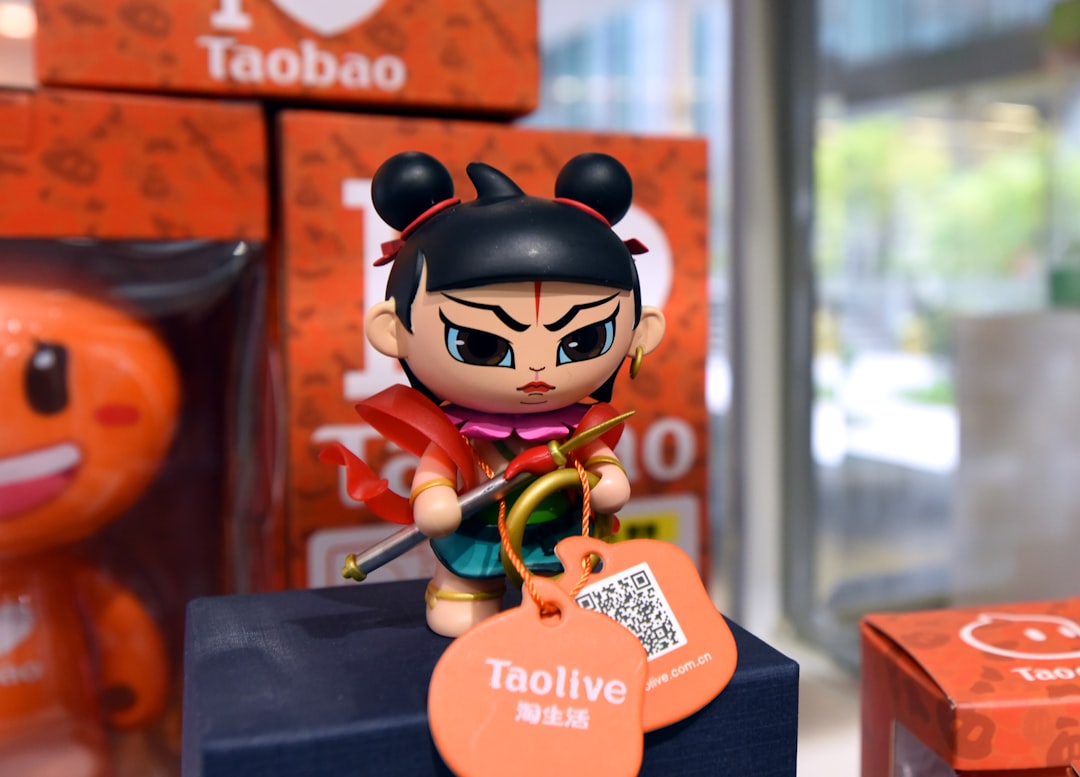If you are here, then your product research hasn’t gone as expected.
This is a situation that many of you may face due to the growing competition in this field.
Everyone is looking for something that’s out of the box – something unique with huge profit margins.
We are here to spill the beans on finding that very product by—thinking out of the box!
When thinking of your perfect product, there are a lot of parameters that one would keep in mind.
These parameters would have worked in the past, but with the increase in the dynamicist of the business environment, they seldom work.
So, what parameters are we exactly talking about?
Here we go,
The product should be lightweight
Should fit inside a shoebox
No moving parts
Sturdy
Easy to manufacture
Should sell between $10-20
The profit margin should be $10
If you go through these parameters, you will see that they make sense.
Nobody wants a product that’s expensive to ship, fragile, takes up space in the warehouse and is difficult to sell.
But, going by today’s dynamic business environment, don’t be surprised if these parameters don’t work in your favour.
Moreover, blindly sticking to these parameters without exploring the niche that interests you may harm your business.
There are many problems that you might face with these criteria.
For example, it's common. You will see everyone following these same parameters for their Amazon business.
Common products will have high competition in the market with very low-profit margins.
One day you will see someone selling the product for $20 and the following day, the same product will be sold for either $15 or as low as $10.
The demand might be high, but as a seller, that demand won’t do any good to you if it doesn’t bring profit with it.
And, ‘too easy’ will never give you the profit margin you want.
Now, if everyone starts following the same parameters, then how will you set yourself apart?
This calls to rehaul your product research strategy.
-Changing the product criteria
The first thing is to discard all the common parameters.
Start embracing higher prices.
Don’t restrict yourself to a set price range.
You will come across many Amazon experts telling you to keep your selling price low so that you could keep the manufacturing costs low.
You will see that high-value products will often give you good profit margins as they require lower minimum orders.
You should stop worrying about the fragility of the products.
A lot of fragile products are being sold on Amazon. People do buy fragile and delicate products on Amazon.
What breaks those delicate products is not their fragility, but poor packaging.
No matter how sturdy the product may be, poor packaging is bound to damage it in some way or the other.
By looking for the right sourcing approach, you can easily look for packaging solutions that can minimize or even eliminate the damage to the product.
Product fitting in a shoebox isn't the trend anymore.
By following the rule of selling small items, you are missing out on the enormous opportunities and higher profit margins that you could make by selling larger and even fragile products.
The cost of such products can be reduced by transporting them via sea or rail.
It might sound complicated or even difficult at first, but with the right sourcing agent, it's not an impossible feat to achieve.
Start ditching simple products.
Some of the bestsellers that you will see on Amazon are electrical items with movable parts.
The fear of faulty products shouldn’t hold you back from experimenting.
Instead, hire a third party for a quality check before you commit to a bulk order.
You can also get your samples reviewed and electrical certifications independently verified.
The low costs and the profits will surprise you.
Through these tactics, your competitors will never be able to see you coming and, you can also establish long-term revenue streams.
-The new product criteria
Now that we are clear with the drawbacks of common criteria, it's time to leverage your competitors’ lack of creativity to your advantage.
The smartest way to do this is by doing the exact opposite of the conventional parameters.
So, if we do that, we have:
Go for a product that is hard to copy or not easy to manufacture
The product doesn’t have to fit in a shoebox
Don’t only look for durable or light products, try your hands at fragile products
Use the complexity of your product to put off your competitors
Choose products with higher price unit
Make something out of nothing
Following these new parameters might seem challenging in the beginning, but once established, these will sweep your client off their feet and your competitors will never be able to guess your next move.
-Database research vs Keyword Research
In most cases, people will only go for keyword research. Even Amazon experts will ask you to do the same.
To maximize your product discovery, you should start with database research rather than solely relying on keyword searches.
Let’s highlight the basic difference between Database Research and Keyword Research.
Database research, as the name suggests, enables you to look at all the products that fit your criteria. This will aid you in finding products that are high in demand but have next to no competition.
On the other hand, Keyword Research relies on your product research, as your keywords will be based on them. This will give you a peek into the limited cross-section of Amazon’s database that’s limited to the items that you could imagine.
-Deciding upon a marketplace
You will see many people selecting countries like the United States or European Union to set up their Amazon online store.
They would be targeting these regions as the marketplaces in these countries are comparatively developed and offer ample opportunities for the sellers to grow.
In conventional terms, established marketplaces will guarantee a certain profit margin.
But what about countries like Australia?
In Australia, the Amazon Marketplace may not be as developed as the ones in the United States or European countries such as Germany or the United Kingdom, but it is rich in opportunities.
It's growing at a fast pace, so the sellers may find opportunities that you won’t find elsewhere.
And, with growing opportunities come unlimited profits.
Post this process, you can accordingly choose a niche and continue with setting up your operations.
You will now have to break the conventional price barriers. Don’t be scared of going above $20 in the price of your product.
After deciding upon the categories, filter out the products by looking at the reviews.
Go for min 10 reviews and max 50-100 reviews. Products having less than 10 reviews will have limited data for assessment, while products having more than 100 reviews will be highly competitive.
-Staying ahead in the game
Amazon FBA sellers are continuously looking out for ways to add innovation to their product line.
They constantly look for novel ways to conduct product research.
This, in turn, helps them to stay ahead in the game.
Keep updating your knowledge related to your niche to stay ahead in the game by bringing out new products.
Follow these pointers and see your Amazon business soaring through the sky!
Happy Selling!








